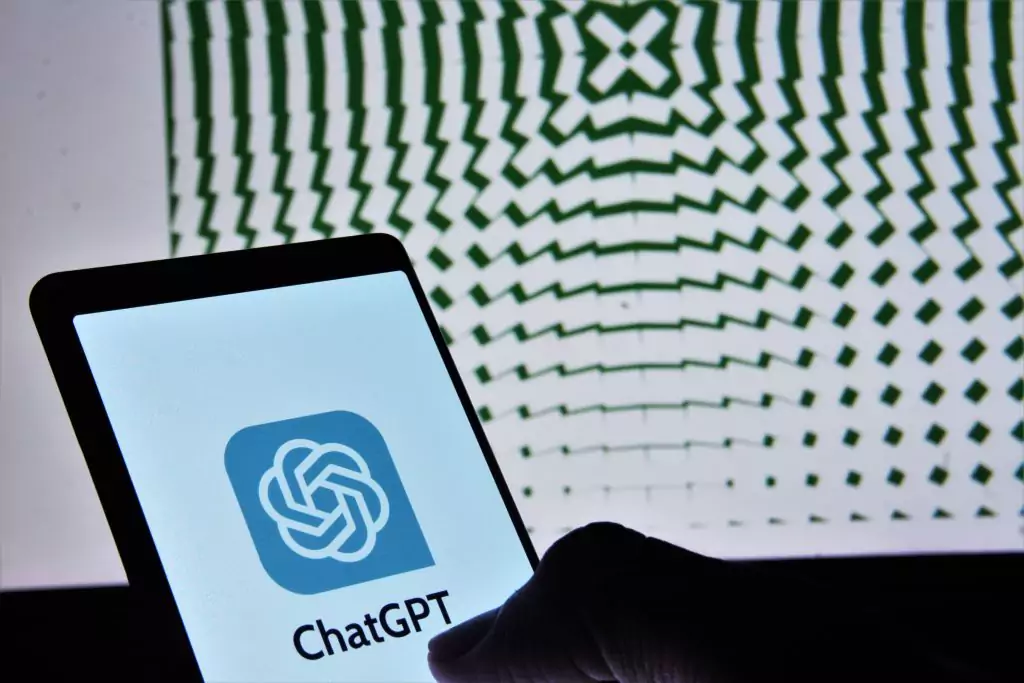
Matthew Flugum and Steven M. Baule, as presented by eSchool News, explored the current debate surrounding the efficiency of AI detection tools in education. They conducted a research focusing on the ability of these tools to accurately identify AI-generated content.

✅ AI Essay Writer ✅ AI Detector ✅ Plagchecker ✅ Paraphraser
✅ Summarizer ✅ Citation Generator
Key Takeaways
- AI detection tools such as Turnitin, ZeroGPT, Quill, and AI Textclassifier, are increasingly popular, but their efficiency is under scrutiny.
- Most AI detection tools successfully identify content generated by AI, but their accuracy levels vary.
- The use of AI detection tools calls for a deeper understanding from educators regarding their limitations and implications.
According to their article, a doctoral methods course at Winona State University examined the effectiveness of Turnitin’s AI detection capabilities. Students were asked to submit assignments generated entirely by AI tools, primarily ChatGPT. Among 28 fully AI-derived assignments, 24 were identified as 100% AI generated. The remaining four varied in detection rates, suggesting discrepancies in the tool’s accuracy.
The size of the papers ranged from 411 to 1368 words, indicating that length didn’t play a significant role in detection.
The Disparity in AI Detection
Other AI detection tools such as Quill and ZeroGPT were also tested. Quill, which allows checks for up to 400 words, correctly identified all ChatGPT-derived text samples. However, it failed to identify a document generated by Google’s Bard AI, demonstrating its limitations. ZeroGPT, claiming a 98% accuracy rate, showed different results for the same documents, further suggesting a variance in detection accuracy.
“In checking a 388-word document generated by Google’s Bard, it predicted the text as written by a human,” the authors noted, contrasting Quill’s claim of 80 to 90% accuracy.
AI Hallucination and the Role of Educators
A special phenomenon of “AI hallucination”, where AI-generated content presents inaccurate or non-existent references, was also found through this reserach. It underlines the importance for educators to understand the limitations of these tools and discuss with students the appropriate use of AI in the writing process. The inconsistency in detection signals the need for clear expectations and open communication.
“University librarians have reported students looking for AI-generated reference lists containing sources by an actual author and with an actual title, but the author and title were not related.”
Conclusion
It’s obvious that there’re certain complexities surrounding the use of AI detection tools in education. While they show promise in identifying AI-generated content, their accuracy levels vary. Moreover, the phenomenon of AI hallucination presents additional challenges, making it crucial for educators to understand these tools‘ limitations and establish clear communication with students. As we navigate this new era of information technology, a nuanced approach to the use of AI in education is necessary to uphold academic integrity while preparing students for new means of creation and communication.
Read also:
Lancaster University Union Urges Halt on Turnitin Over Suspected False AI Detection
UK Universities Develop Guidelines for Ethical Use of AI
Brand New Chinese AI Companies in Beijing’s Silicon Valley
Follow us on Reddit for more insights and updates.





Comments (0)
Welcome to A*Help comments!
We’re all about debate and discussion at A*Help.
We value the diverse opinions of users, so you may find points of view that you don’t agree with. And that’s cool. However, there are certain things we’re not OK with: attempts to manipulate our data in any way, for example, or the posting of discriminative, offensive, hateful, or disparaging material.